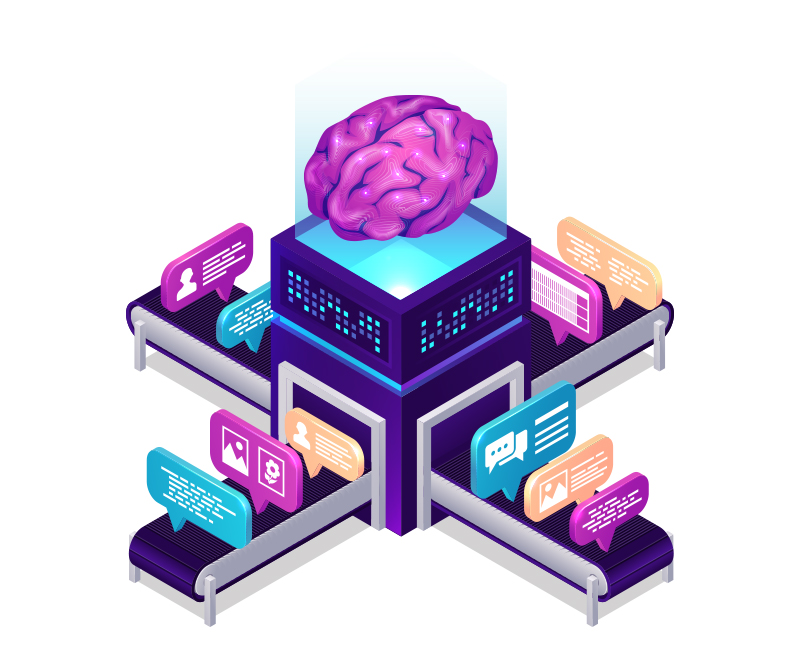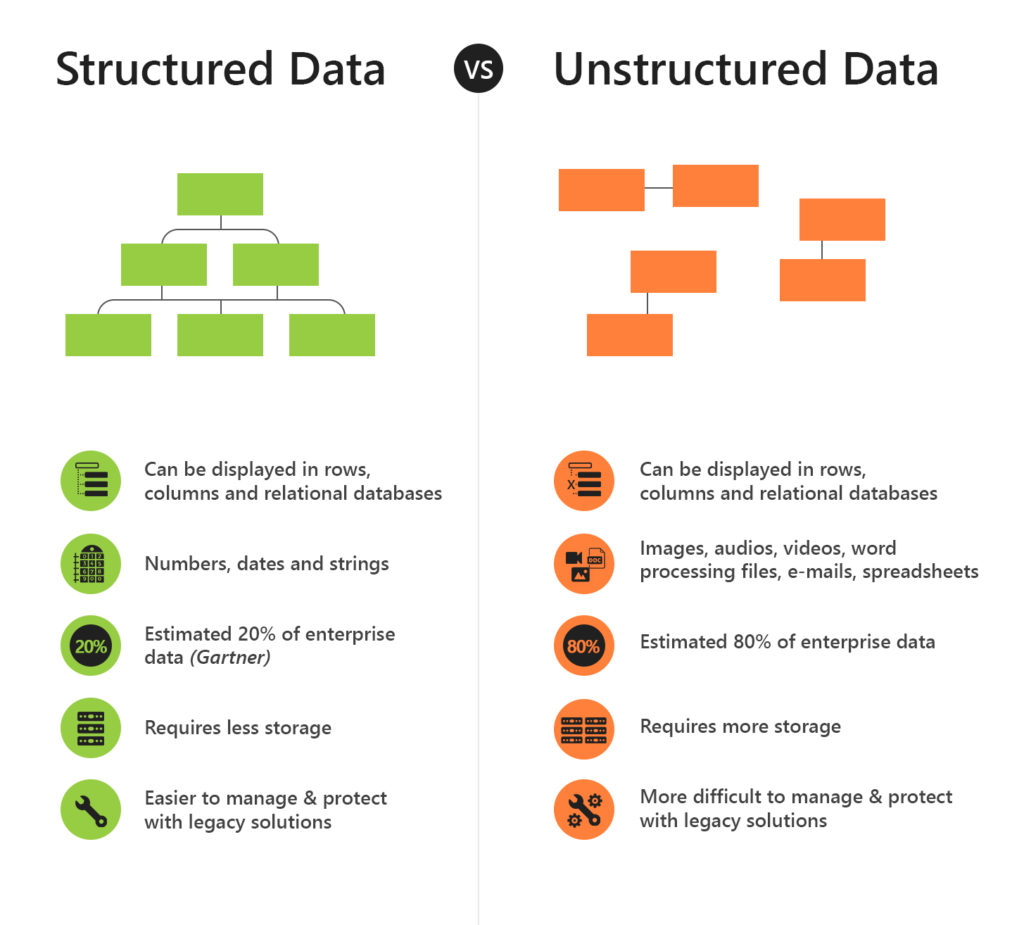
You may have not realised it yet but you have been taking advantage of the benefits of machine learning for the past few years! A lot of us find would find it hard to go a full day without using an app or website that does not use machine learning for one of its activities!
Just take a look at some of the examples below,

Market leaders are applying machine learning in all imaginable and improbable ways.
Though machine learning is a term that has become common in use by many of us, we still don’t know its true potential and benefits.
So what is machine learning?
Machine learning is a branch of artificial intelligence (AI) which can be trained with the help of data to keep learning, identify patterns and make decisions with minimal human intervention.
With the help of machine learning, complex data can be quickly and automatically analysed to deliver accurate results on a large scale. The precision of machine learning provides organisations with the chance to identify and explore various opportunities or avoid previously unknown risks.

Unique Computer Systems has started working on cognitive technology to let companies create algorithms and machines that understand humans, assist them in the automation of business processes and tasks.
In this article, a workflow will be discussed to highlight the main steps involved in developing a machine learning process.
Initial Discussion
At the start of a project, we discuss how we can help you develop your AI capabilities and if we are the right fit for you in terms of feasibility, geography and costs.
Scoping and High-Level Architecture
The next step involves recognising and understand the problems or issues you are facing, developing the requirements and deriving the necessary accuracy, performance and machine learning output actions. After this, we evaluate the feasibility of solving the issue using machine learning while also considering if a simpler more conventional solution might suffice. Then we design the required architecture needed for gathering the data.

Gathering Data
The data gathering step depends on the type of project. The data set can be collected from multiple sources such as a file or database. We can also use free data sets which are present on the internet like Kaggle and UCI Machine learning Repository. These are the repositories that are used to make machine learning models.
After the data has been collected it has to be cleaned and organised which may take days or weeks depending on the quantity.
Data gathering comprises of two steps:
1.Data collection – Web-scraping, database mining as mentioned above.
2.Data cleaning – identifying the incorrect, incomplete, inaccurate, irrelevant or missing part of the data and then modifying, replacing or deleting them according to the necessity. A higher amount of time would be spent on unstructured data (For example with images- you might have few blurry images).

Machine Learning to Create Models
Many experiments have to be run to develop and enhance the machine learning model. Many variations of the data, techniques of machine learning and parameters have to be tested to get the output of a machine learning model. This task could take several days or weeks depending on the complexity and size of the data.
Production
The same method used to collect data will be used to make an inference on real-time data to implement actions based on the output of the machine learning model.
Who uses machine learning?
Industries dealing with a large amount of data have recognised the value of machine learning technology. Machine learning has enabled many organisations and industries to work more efficiently and even gain a competitive advantage.
Financial Services and Government Agencies
Organisations in these industries employ the use of machine learning technology to identify important insights or trends in the data, detect fraud and minimise identity theft.
Retail
A lot of retailers depend on machine learning to capture data about their customers to analyse it. This is used to personalise the customer’s shopping experience, analyse their buying patterns, plan marketing campaigns, organise merchandise supply and gain customer insights.
Machine learning is used in the retail industry to scan receipts which helps build loyalty programs to reward their existing customers and attract potential customers by utilizing the in-house powered image processing engine to scan their customer’s receipts which comes with automatic brand detection.
This lessens the burden on the data entry team without hindering the loyalty program’s success
Healthcare
With the recent growing trend of wearable technology, machine learning has become a fast-growing trend in the healthcare industry. This technology is used to identify trends and analyse data collected from patients.
Get Started
To get the most out of machine learning it is imperative to know which algorithms and data to pair with which tools and processes. At Unique Computer Systems we use a combination of statistics, data mining and new architectural advances to ensure your machine learning models run efficiently and quickly even in a huge enterprise environment.
For more information or to set up a demo please
Contact Us
